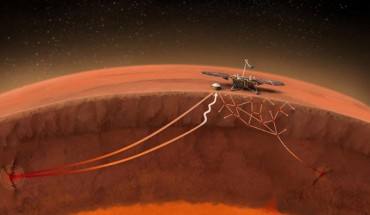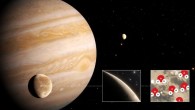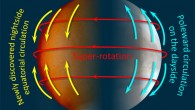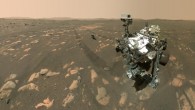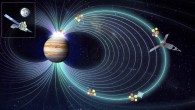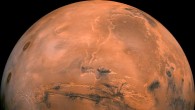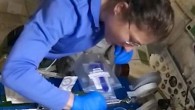According to new analyses of data from the Seismic Experiment for Interior Structure (SEIS) instrument deployed during NASA’s InSight mission, Mars likely has a 24- to 72-km- (15-45-mile) thick crust with a very deep lithosphere close to 500 km (311 miles); similar to the Earth, a low-velocity layer probably exists beneath the Martian lithosphere; the crust of Mars is likely highly enriched in radioactive elements that help to heat this layer at...

